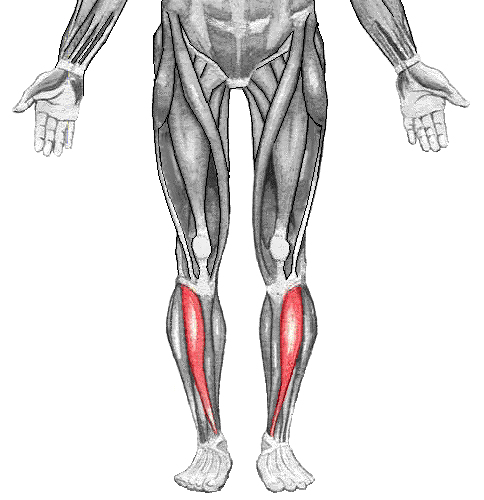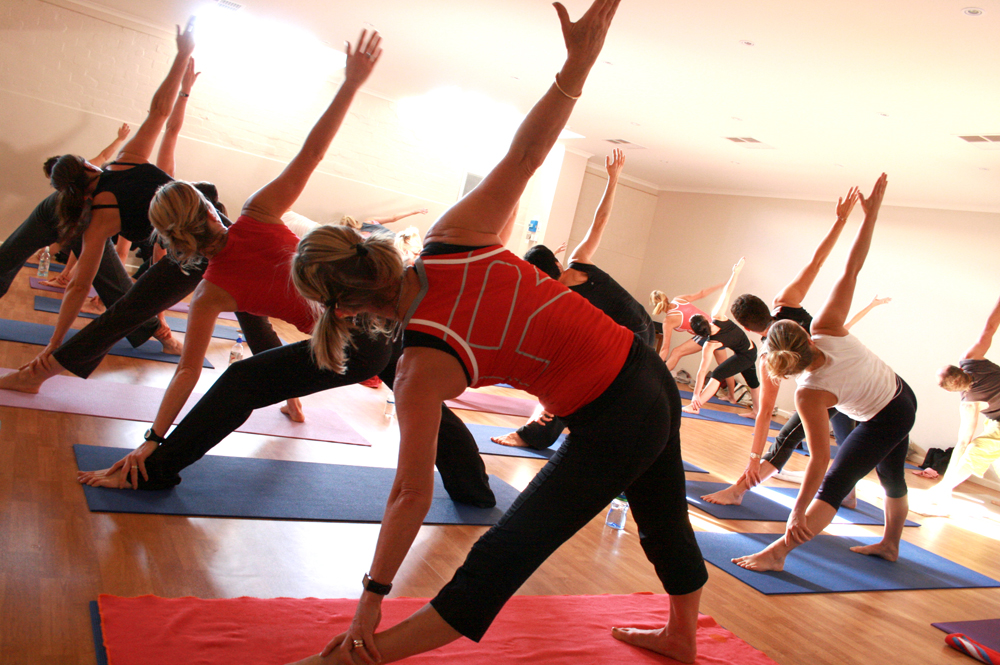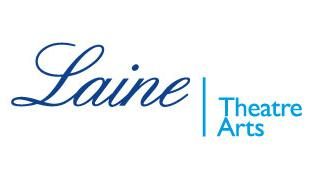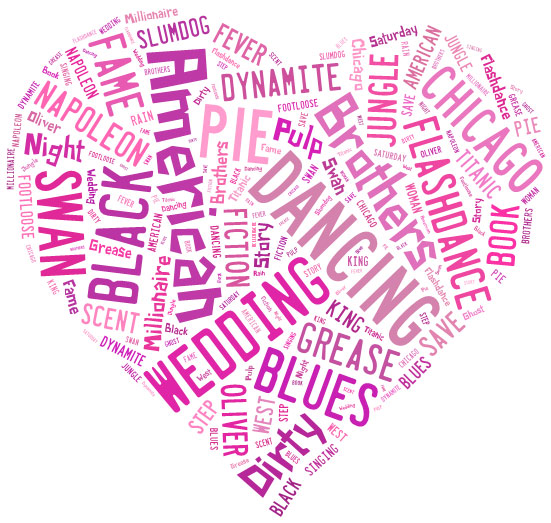 Nowadays, music isn’t all about the sound – it’s about the dance too. And some of the best music videos have got some real moves on display. We conducted a survey to find out which are the music videos that most put you in the mood for dancing, and showcase some of the best movers in the industry. So get yourself over to YouTube right now and check out these incredible music videos.
Nowadays, music isn’t all about the sound – it’s about the dance too. And some of the best music videos have got some real moves on display. We conducted a survey to find out which are the music videos that most put you in the mood for dancing, and showcase some of the best movers in the industry. So get yourself over to YouTube right now and check out these incredible music videos.
10. Billie Jean – Michael Jackson
You couldn’t have a list about dance music videos without mentioning the King of Pop at least once, so here’s MJ kicking off our survey results right away. A running theme of Michael Jackson’s videos was that feeling of watching a short film in its own right – and Billie Jean is no different. Lit paving stones, randomly appearing cats, a mysterious detective; what’s going on in this video is anyone’s guess. But Michael pulls off some of his most famous moves in this iconic video, and is well worth watching again and again.
9. Time Warp – The Rocky Horror Picture Show
Whether you’re a fan of Tim Curry in fishnets or not, there’s no denying that it’s a catchy dance. While it’s not the most complex of dances on this list, it’s one that can be picked up so quickly that it’s often performed by revellers on nights out!
8. Can’t Touch This – MC Hammer
Big tune, big glasses and absolutely huge cargo pants – what’s not to love about this iconic music video? As arguably MC Hammer’s signature song, U Can’t Touch This became one of the most popular singles ever made. That energetic dance is exhausting just to watch – and it really takes a talented dancer to have a go at some of Hammer’s moves, such as ‘The Running Man’ and the ‘Hammer Dance’.
7. Harlem Shake – Baauer
Not really a music video as such, but Baauer’s Harlem Shake didn’t need to spend thousands on production of a vid – thousands of Youtube users sorted that out instead. In early 2013, a fad of performing The Harlem Shake took hold, resulted in a wealth of videos of performers ‘dancing’ in the loosest sense of the word. There’s no denying it though – even if the dancers aren’t always up to scratch, they’re pretty amusing.
6. Vogue – Madonna
Released in 1990, Madonna was at the pinnacle of her career when Vogue hit the charts. The video itself was produced after hundreds of dancers appeared at a casting call in Los Angeles, and is filmed in homage to the Golden Age of Hollywood. That angular, smooth dance is now coined as ‘Vouging’, and requires a great deal of concentration to pull off properly!
5. Single Ladies – Beyonce
The look, the outfits, the hair, the film style and the dance – everything about Single Ladies is iconic. Coming in at number five on our list, this great chart-topper showcases some of the best dancing ever on a music video.
4. Macarena – Los del Rio
One of the most well-known one hit wonders ever the chart, Macarena was an international hit after its release in 1995 and continues to be one of the most iconic tracks of the 90s. Los del Rio were a lounge act who composed the song chorus ad hoc, and the remix which would become so popular included English lyrics sung by Carla Vanessa. And the dance – supposedly, it was devised by a local flamenco teacher!
3. Bad – Michael Jackson
As part of an 18-minute film written by Richard Price and directed by Martin Scorsese in 1987, Bad is one of Jackson’s most memorable dance offerings – not least because of that signature crotch grab. Many of the parts of the film actually make reference or homage to West Side Story.
2. Thriller – Michael Jackson
Easily one of the most iconic music videos of the 80s, everything about Thriller is quintessential Jackson, and it’s no wonder it got such a high place on this list. This video has got everything – zombies, werewolves, red leather jackets, memorable dance moves, shuffling – this is quintessential Jackson.
1. Gangnam – Style Psy
One of the biggest pop hits of 2012 – if not the biggest – Psy’s Gangnam Style broke all sorts of records. In fact, it would become YouTube’s most watching video, even more than Justin Bieber’s Baby. Our survey saw this vid come out on top. Quirky, strange, and with an easy to learn dance, we’re not surprised it ranked so high. What do you think?
 With the now mainstream TV entertainment programmes such as So You Think You Can Dance and Got To Dance, dance culture has shifted in the UK.
With the now mainstream TV entertainment programmes such as So You Think You Can Dance and Got To Dance, dance culture has shifted in the UK.
 On 10 September the Royal Academy of Dance will be launching Progressions: the launch of the new Advanced Foundation, 1 & 2 syllabi. It will be a virtual launch of the new work of the vocational graded examinations meaning members and non members alike will be able to watch the first ever virtual launch of new RAD syllabi on 10 September. Also on offer to engage with are demonstrations of the new advanced work, interviews with the creative panel and even a live Twitter question and answer session.
On 10 September the Royal Academy of Dance will be launching Progressions: the launch of the new Advanced Foundation, 1 & 2 syllabi. It will be a virtual launch of the new work of the vocational graded examinations meaning members and non members alike will be able to watch the first ever virtual launch of new RAD syllabi on 10 September. Also on offer to engage with are demonstrations of the new advanced work, interviews with the creative panel and even a live Twitter question and answer session.
 DOMS: a common ailment for dancers, athletes and sports players. As much as it is common, the meaning of the each letter and its cause is not often known, especially by those who are younger and just beginning to train harder in their chosen area.
DOMS: a common ailment for dancers, athletes and sports players. As much as it is common, the meaning of the each letter and its cause is not often known, especially by those who are younger and just beginning to train harder in their chosen area. Many dance students who are getting ready to commence their vocational training at performing arts institutes will also be introduced to the term ‘body conditioning’. It is something that all dancers are aware of as a means to improve their technique and overall presence in the performance space, and many continue working on their body conditioning for years on end.
Many dance students who are getting ready to commence their vocational training at performing arts institutes will also be introduced to the term ‘body conditioning’. It is something that all dancers are aware of as a means to improve their technique and overall presence in the performance space, and many continue working on their body conditioning for years on end. Students at the prestigious musical theatre college Laine Theatre Arts have had a blow ahead of the new academic year. Epsom and Ewell Council, the area in which the college is situated, has withdrawn housing benefits which many of the student receive.
Students at the prestigious musical theatre college Laine Theatre Arts have had a blow ahead of the new academic year. Epsom and Ewell Council, the area in which the college is situated, has withdrawn housing benefits which many of the student receive. Nowadays, music isn’t all about the sound – it’s about the dance too. And some of the best music videos have got some real moves on display. We conducted a survey to find out which are the music videos that most put you in the mood for dancing, and showcase some of the best movers in the industry. So get yourself over to YouTube right now and check out these incredible music videos.
Nowadays, music isn’t all about the sound – it’s about the dance too. And some of the best music videos have got some real moves on display. We conducted a survey to find out which are the music videos that most put you in the mood for dancing, and showcase some of the best movers in the industry. So get yourself over to YouTube right now and check out these incredible music videos.
 Alvin Ailey is widely regarded as one of the keynote figures in American modern dance, having established the stature of his Alvin Ailey American Dance Theater throughout the world. Ailey was born on 5 January 1931 in Texas, with his experiences of life in the rural South later inspiring some of the most memorable parts of his most popular and critically acclaimed work Revelations, through what he called ‘blood memories’: the blues, spirituals and gospel.
Alvin Ailey is widely regarded as one of the keynote figures in American modern dance, having established the stature of his Alvin Ailey American Dance Theater throughout the world. Ailey was born on 5 January 1931 in Texas, with his experiences of life in the rural South later inspiring some of the most memorable parts of his most popular and critically acclaimed work Revelations, through what he called ‘blood memories’: the blues, spirituals and gospel. A year on from the London 2012 Olympic Games, there is much celebration about the phenomenal events which happened precisely one year ago. Over the past year much has come from the Olympic legacy, with sports and cultural institutions benefitting from the heat wave emanating from the dust of the Olympics in the capital.
A year on from the London 2012 Olympic Games, there is much celebration about the phenomenal events which happened precisely one year ago. Over the past year much has come from the Olympic legacy, with sports and cultural institutions benefitting from the heat wave emanating from the dust of the Olympics in the capital.